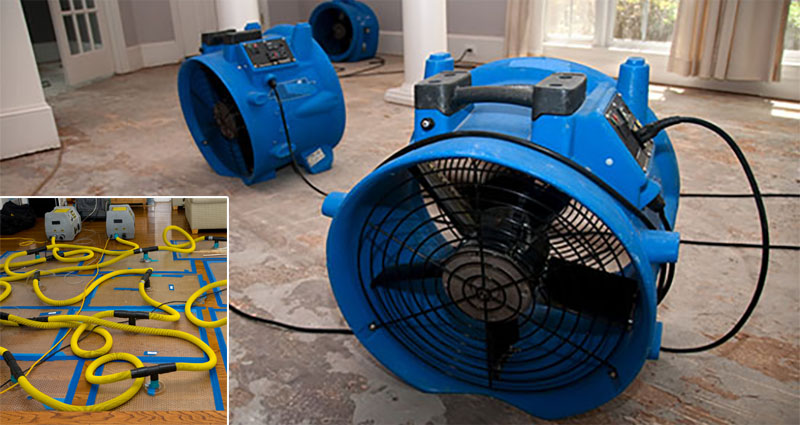Knowing how the water damage restoration process works are essential to getting the job done right. You have to know how to classify the damage and the materials that need to be disposed of. Also, you need to know how to restore the contents.
Standing water removal
Getting rid of standing water from your home is essential if you want to get it back to normal. Not only can standing water damage your items, but it can also be a health hazard.
When water is left standing, it is more likely to cause mold growth. Moreover, it can contain bacteria and animal feces. This can cause health problems, particularly if you have respiratory issues.
Standing water can also lead to structural damage in your home. However, if it’s removed quickly, it can protect flooring, walls, and other building materials. In addition, it can cause foul odors.
The first step in removing standing water is to sanitize the area. Then, depending on the level of damage, you may need to rip up floorboards, carpeting, or other floorings.
Contents Restoration
The contents of your home or office can suffer a beating from fire, flood, or even the previous typhoon. Fortunately, there are plenty of companies out there specializing in the repair and reconstruction of the interior of your house or office building. But, again, using a water damage restoration Phoenix service provider is the best route to take.
Aside from the usual suspects, some lesser-known water damage restoration Phoenix contractors can get your house back in shape. This is particularly true if you live in an area where flooding is commonplace. Taking care of the water damage entails several tasks, such as packing and moving your valuables to new quarters. These services will save you many headaches and ensure your possessions are re-stowed safely and in good order.
Assessing the damage
A property damage assessment is essential after a house has been damaged by water. It will help an insurance adjuster process your claim. Moreover, it will give you a clear picture of the extent of your damage.
The report should be detailed and include all critical information. It should also have a list of damaged items and their locations. The report should be in PDF format, which can be sent to the insurance company.
Water damage assessment reports should include details about the amount of damage, the source, and the level of contamination. This will allow the customer to know which course of action is appropriate.
During the restoration process, a professional will use various techniques to remove water and moisture. They may use specialized equipment, such as a truck-mounted vacuum, to extract the water. Using a high-powered submersible pump can also be helpful.
Classifying it
Water damage restoration is a complex and time-consuming process. It requires specialized equipment to remove the water and dry the area. This is why it is essential to know what type of water is causing the problem in the first place. The IICRC has come up with categories to describe different kinds of water.
Knowing what category the liquid in question falls into will determine the best way to clean it up. For example, a sink overflow, washing machine overflow, or toilet backup with just urine would fall into category one.
Classification also requires that you take into account any health concerns that may be associated with the situation. For example, if there is a risk of infection from bacteria or mold, you should consider getting the job done by a professional.
Disposing of potentially hazardous materials
It would be helpful to consider various factors when disposing of potentially hazardous materials in the water damage restoration process. Some of these factors include the type of water-damaged area, the materials involved in the clean-up, and the potential health hazards of removing the damaged items.
Water damage can occur quickly, causing drywall, wood floors, and other materials to swell and become soaked. If dealt with slowly, these materials can be a health hazard.
Conducting a preliminary survey to identify and evaluate any hazardous conditions is essential. Examples of dangerous diseases can be confined space entries, volatile situations, or areas where biological indicators are present. The resulting assessment of the site can be the basis for any subsequent actions.











